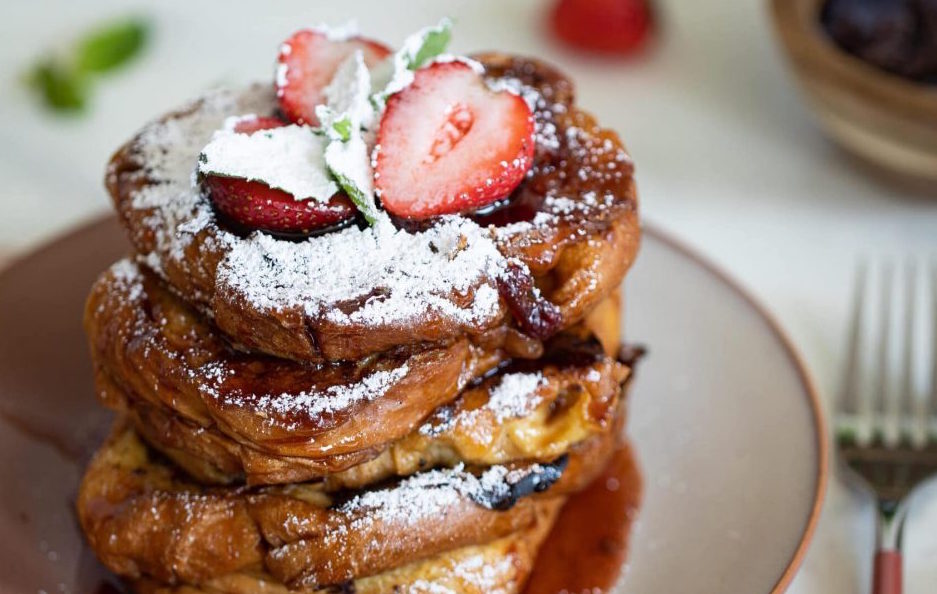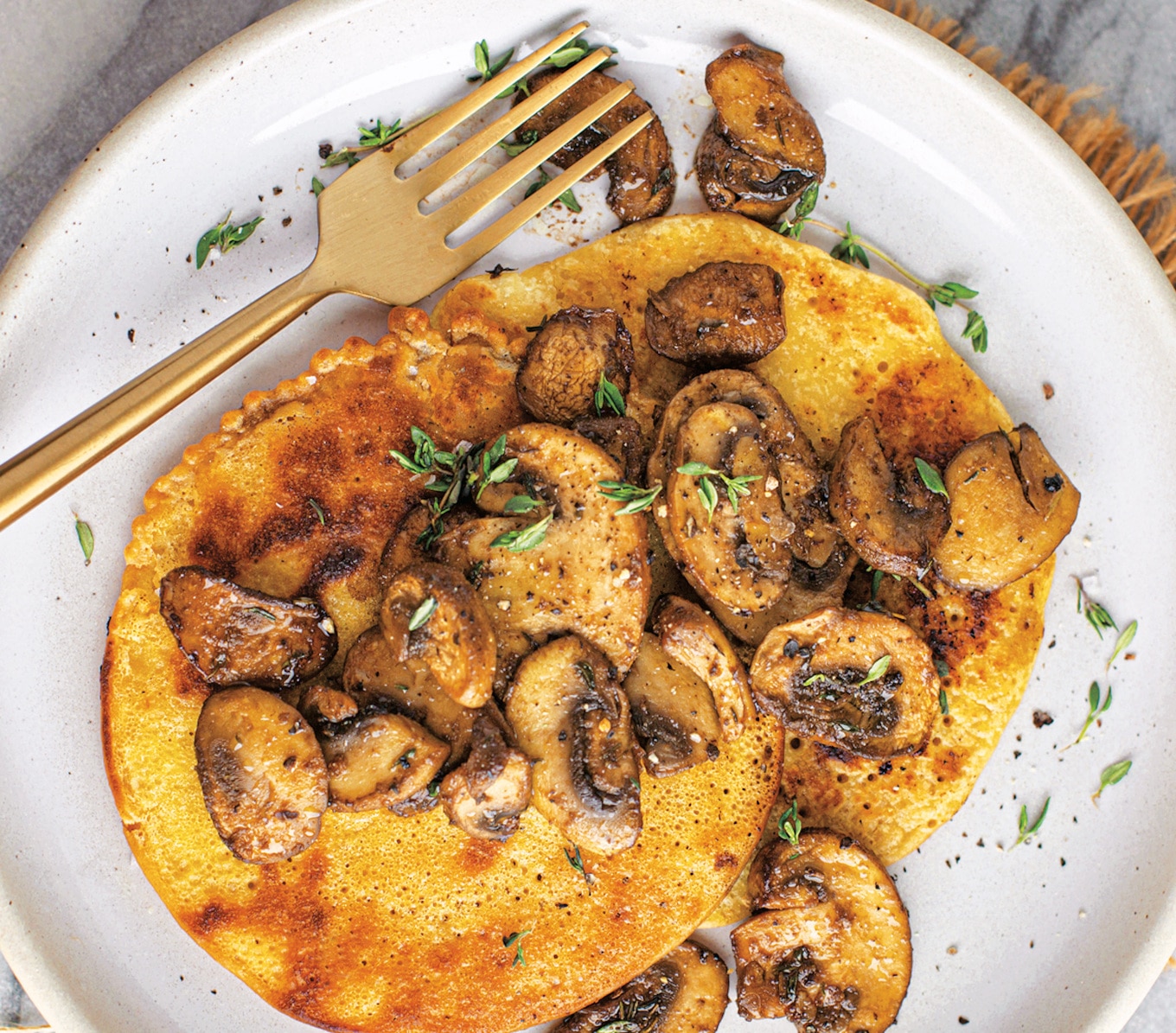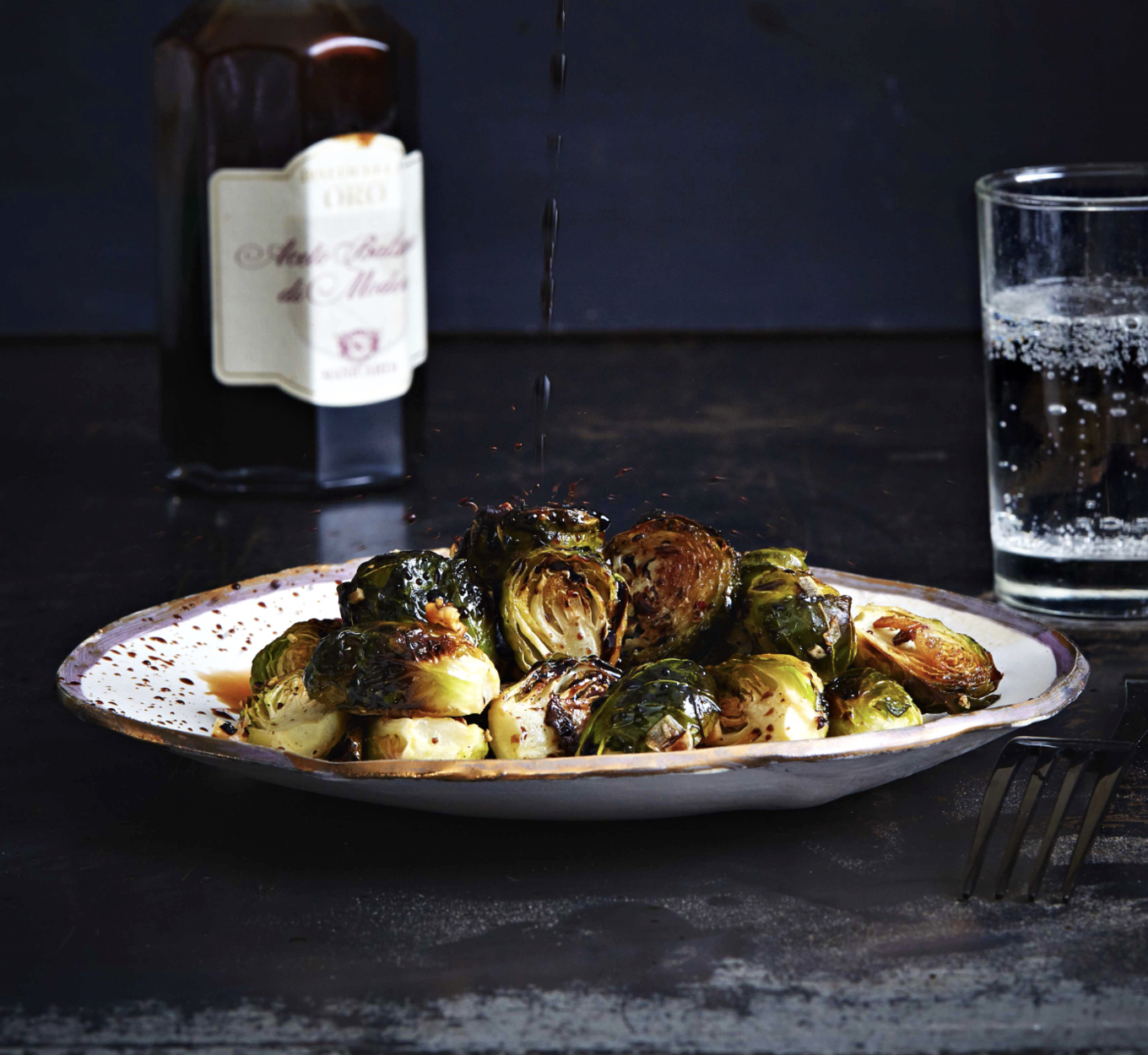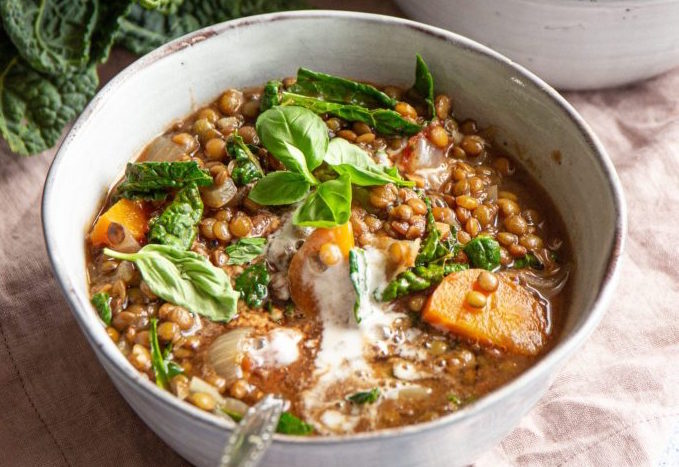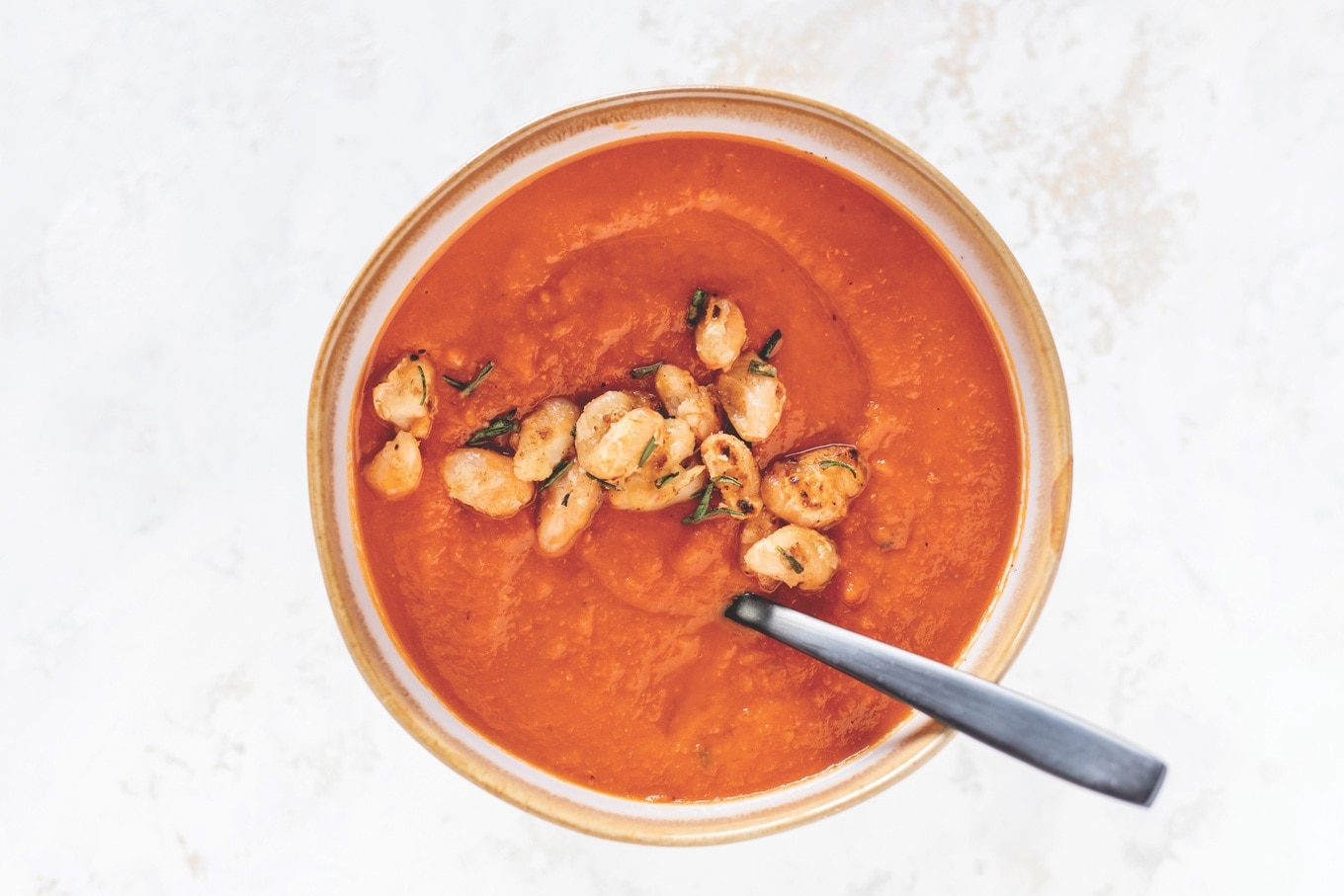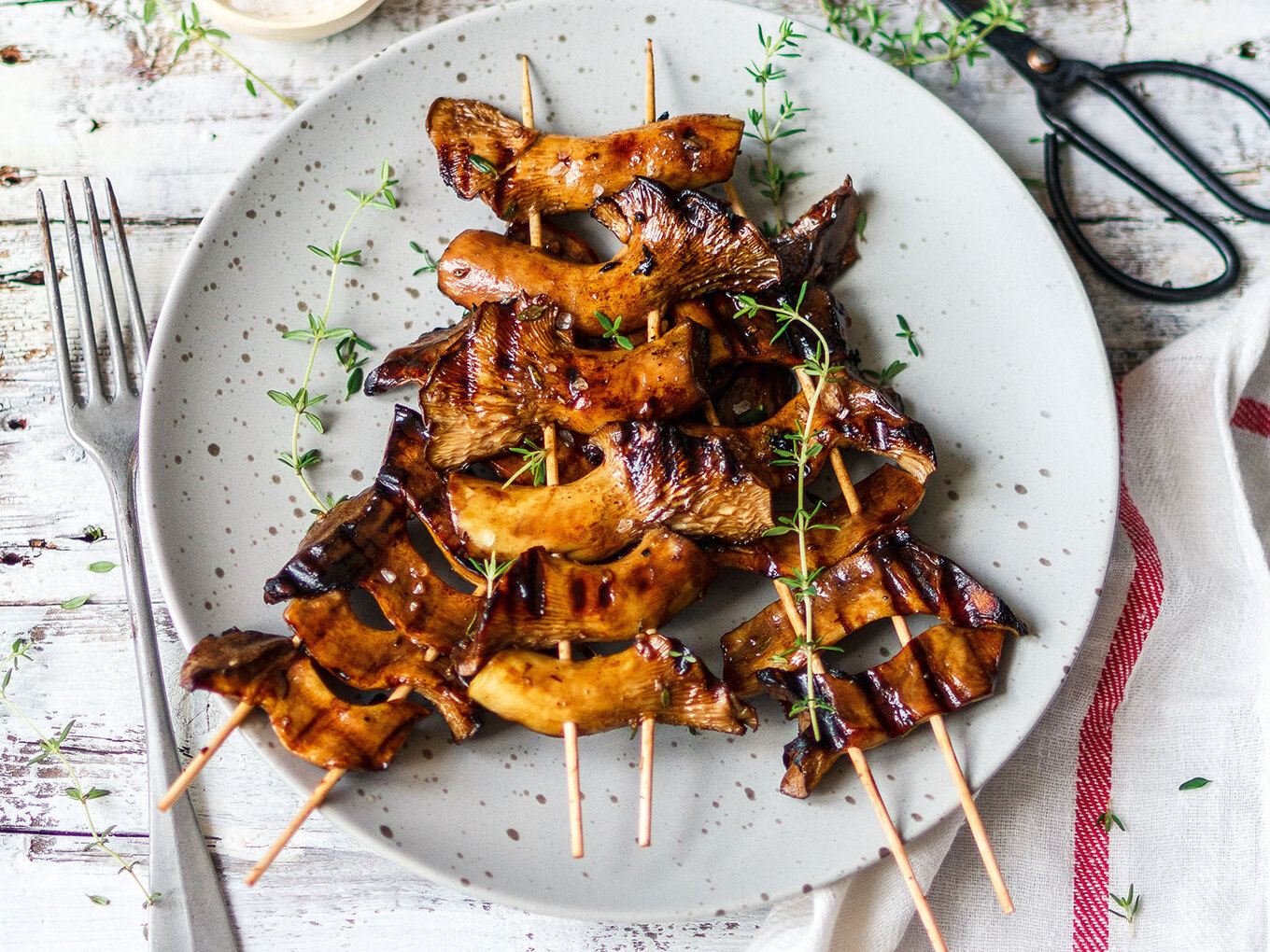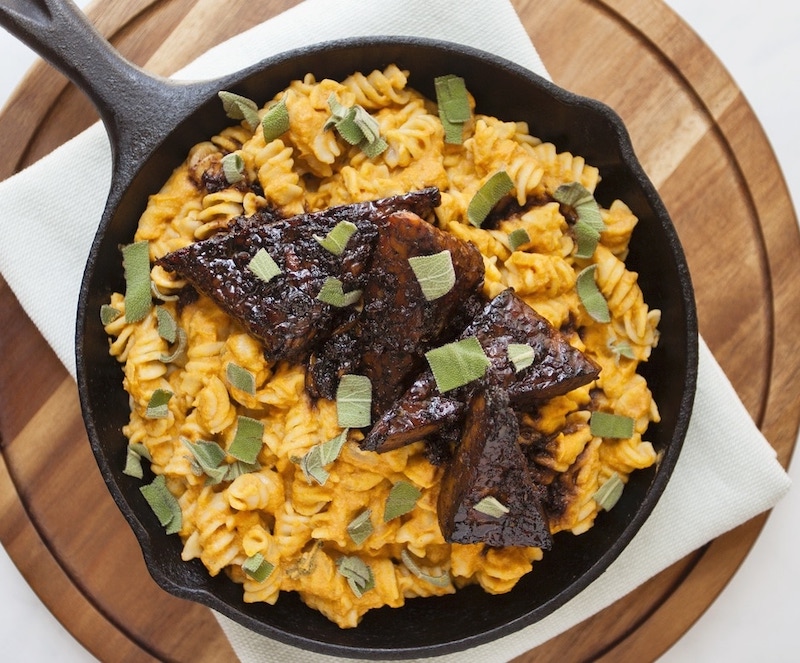Balsamic vinegar might seem like an ordinary pantry staple now, but centuries ago, it had elite status. In 1046, it was gifted to the Holy Roman Emperor King Henry III, as he passed through what is now Italy’s Emilia Romagna region on the way to be crowned by the Pope. According to the Consortium of Producers of Ancient Acetaie—an organization which, to this day, promotes the consumption of traditional balsamic vinegar—the king was “extremely fond of that great and magnificent gift.”
In the years that followed, balsamic vinegar became the custom gift given to many respected members of society. Today, it’s a salad dressing or a condiment, but back then, it was an elixir, prized for its flavor, but also its medicinal benefits. It was thought to stimulate digestion after consumption, and, in ancient times, it was even sometimes applied to wounds to soothe swelling and reduce infection.
It might sound far-fetched, but research really does suggest that balsamic vinegar has plenty of health benefits, which is good news, because it’s incredibly popular. In fact, in 2021, the balsamic vinegar market was valued at more than $3.2 billion. It can be drizzled on salads, pastas, and pizzas, or even added during the cooking process to enhance flavor. But before you grab a bottle from the shelf, it’s important to note that not all balsamic vinegar is created equally.
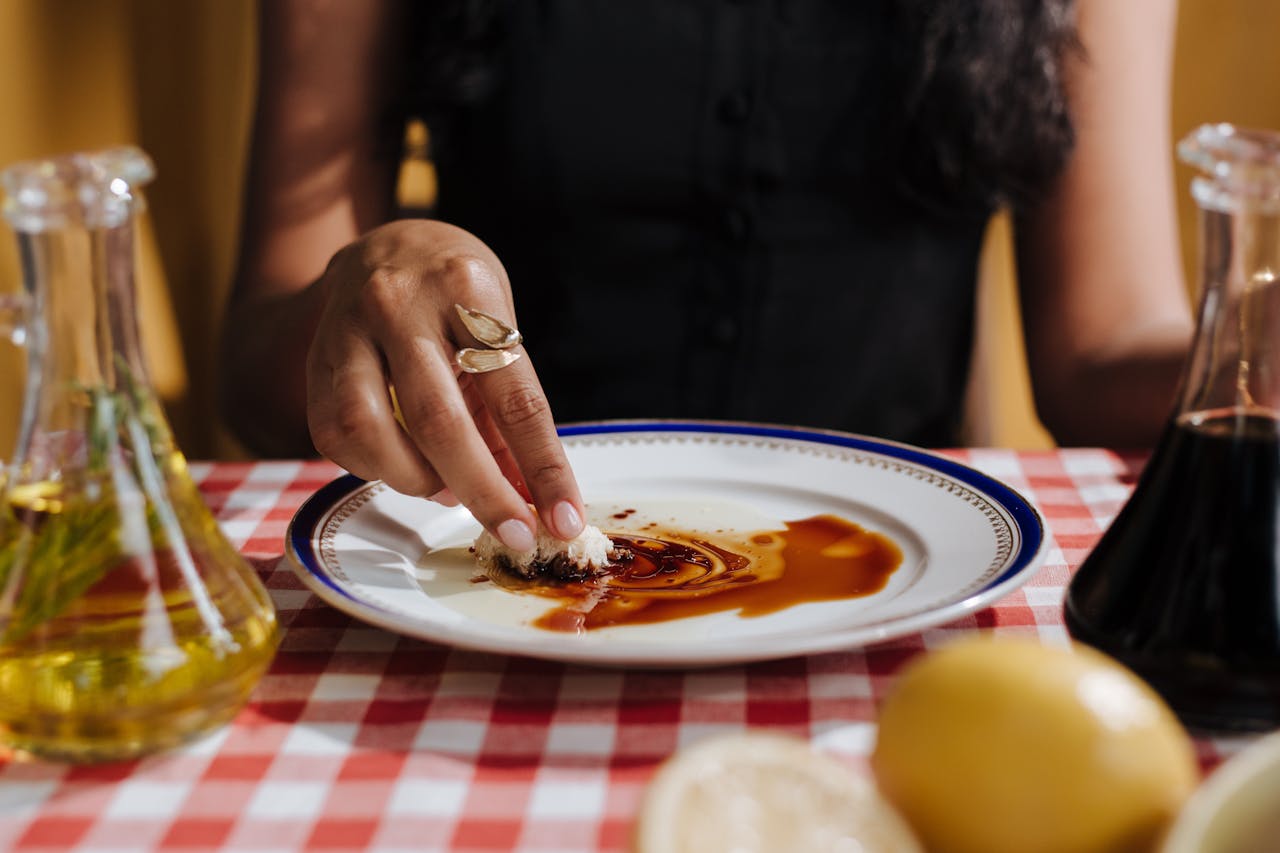 Pexels
Pexels
What is the difference between traditional balsamic vinegar and balsamic vinegar of Modena?
When you head to the grocery store and you grab a bottle of balsamic vinegar from the shelf, we’re sorry to break it to you, but you’re probably not reaching for traditional balsamic vinegar—especially if it’s only a few dollars. Instead, you’re likely buying balsamic vinegar of Modena, which is a commercially produced, less expensive version of balsamic vinegar.
Like traditional balsamic vinegar, it is made with grape must, but it is also blended with wine vinegar and it isn’t aged for anywhere near as long. That said, it is still a protected, renowned condiment. This type of balsamic vinegar is often labeled as IGP, which stands for Indicazione Geografica Protetta (or Protected Geographical Indication, in English). This means that the balsamic vinegar must have been produced in the Italian city of Modena in Emilia Romagna.
Traditional balsamic vinegar is also only produced in Emilia Romagna, but there are some fundamental differences between this and balsamic vinegar of Modena. It’s made with 100 percent grape must, for example, which is simmered and fermented in wooden barrels for a minimum of 12 years. The longer it is left, the more complex the flavor. The consistency is also a lot more like syrup than other balsamic vinegars.
If you want to know whether the balsamic vinegar you’re buying is traditional, the price is a good indicator. Traditional balsamic vinegar is significantly more expensive. La Secchio’s Traditional Aged Balsamic Vinegar, which comes in a gift box with a blown glass dispenser, is more than $80, for example, while Alma Gourmet’s 25-year-aged version is $124. You can also look for the DOP label. This means Denominazione di Origine Protetta (which, in English, translates to Protected Designation of Origin).
If you love a more syrupy texture, but you don’t want to splash out nearly $100, balsamic glaze is a good alternative. This is usually balsamic vinegar of Modena which has been reduced and mixed with sweeteners—it has a slightly more intense flavor, and it has a thicker, gloopier consistency.
Is balsamic vinegar healthy?
Today, it’s not recommended to start slathering balsamic vinegar on cuts and grazes like people might have done in ancient Italy. However, consuming the condiment is linked with some health benefits. This is because it contains minerals like potassium and calcium, as well as potent antioxidants, which come from grape must.
These antioxidants are called polyphenols, and, research suggests, they may help to protect against cell damage, which, if left unchecked, over time, can increase the risk of diseases, including cancer. Polyphenols also have anti-inflammatory properties and could also help to increase blood flow, which means they may help to reduce the risk of heart disease.
“You might not think about it often, but balsamic vinegar is a fruit product because it’s made from grapes. Grapes have been found to keep your blood platelets from aggregating, which may prevent cardiac diseases,” explains health writer Kathryn Watson for Healthline. “This might be part of the reason why Mediterranean cultures have been using balsamic vinegar for centuries as a ‘healing’ and ‘anti-aging’ ingredient.”
Another way the antioxidants in balsamic vinegar help to reduce the risk of heart disease is by reducing levels of LDL cholesterol, which is one of the risk factors for the condition.
On top of this, balsamic vinegar’s acetic acid content may help with digestion and support gut health, too. This is because acetic acid has probiotic properties, which means it may help to promote the growth of beneficial gut bacteria and help with breaking down food.
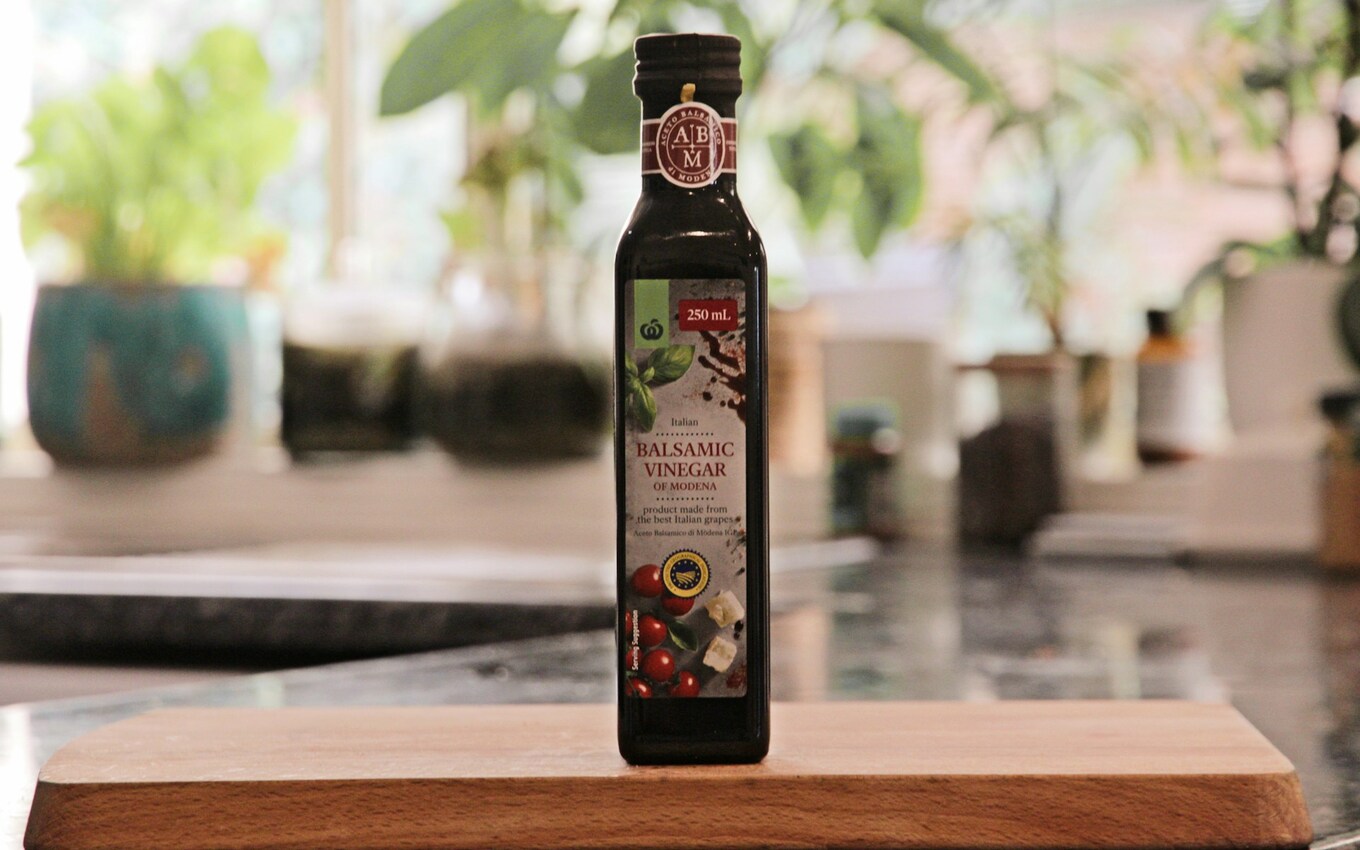 Unsplash
Unsplash
How to cook with balsamic vinegar
Cooking with balsamic vinegar can add a nice balance of sweet and tangy to your food. Its acidity, in particular, is a major benefit, as it helps to cut through rich flavors and add more depth to the dish.
When you’re adding balsamic vinegar to food, it’s best to opt for just the standard balsamic vinegar of Modena that you can buy at the grocery store. One, because it’s considerably cheaper, but two, because traditional balsamic vinegar has a more syrupy, gloopy texture and a stronger flavor that works best as a salad dressing or bruschetta topper.
7 vegan recipes with balsamic vinegar
Below, we’ve picked out some of our favorite ways to cook with balsamic vinegar, from French toast to hearty soups.
1 Vegan Balsamic Strawberry French Toast
Balsamic vinegar adds a pleasant tang to this sweet strawberry French toast, which makes for a super tasty brunch treat. It’s easy to make and bursting with flavor, especially when drizzled with a little maple syrup on top.
Get the recipe
2 Chickpea Pancakes With Balsamic Mushrooms
If you want a brunch or breakfast dish that is bursting with rich umami, you need to try chickpea pancakes with balsamic mushrooms. It’s deliciously meaty, satisfying, and incredibly nourishing—the perfect way to start the day.
Get the recipe
3 Roasted Balsamic Brussels Sprouts
On their own, the flavor of Brussels sprouts can be a little too bitter and earthy for some. But when they’re roasted with oil, garlic, salt, and pepper, and then smothered with balsamic, they become next-level delicious.
Get the recipe
4 Vegan French Lentil and Kale Stew
This hearty French lentil and kale stew has a rich, satisfying, complex flavor, thanks to the mix of coconut cream and tangy balsamic vinegar. It’s the ultimate winter warmer—serve with crusty bread for a nourishing, comforting cold-weather lunch.
Get the recipe
5 Vegan Tuscan Red Pepper and White Bean Soup
Embrace Italian cooking by adding plenty of balsamic vinegar and blistered peppers to this delicious Tuscan-inspired soup recipe. Serve with crispy, pan-fried white beans for extra protein and added crunch.
Get the recipe
6 Tangy Vegan Grilled King Oyster Mushroom Skewers
The tang in these tangy skewers comes from, you guessed it, balsamic vinegar. Combine a quarter of a cup with garlic, olive oil, salt, and fresh thyme for a flavor-packed marinade you’ll want to make again and again.
Get the recipe
7 Vegan Pumpkin Sage Pasta With Blackened Tempeh
The blackened tempeh in this nourishing autumnal pasta dish is glazed with a mix of balsamic vinegar, maple syrup, tamari, red chili flakes, olive oil, and liquid smoke. It’s an ultra-delicious blend that goes perfectly with the rich, slightly spicy pumpkin sage sauce.
Get the recipe
For more plant-based stories like this, read:
Here at VegNews, we live and breathe the plant-based lifestyle, and only recommend products we feel make our lives amazing. Occasionally, articles may include shopping links where we might earn a small commission, but in no way does this effect the editorial integrity of VegNews.



